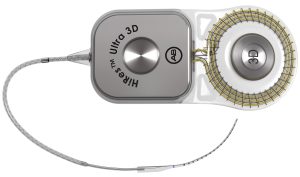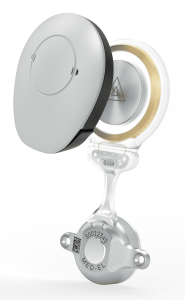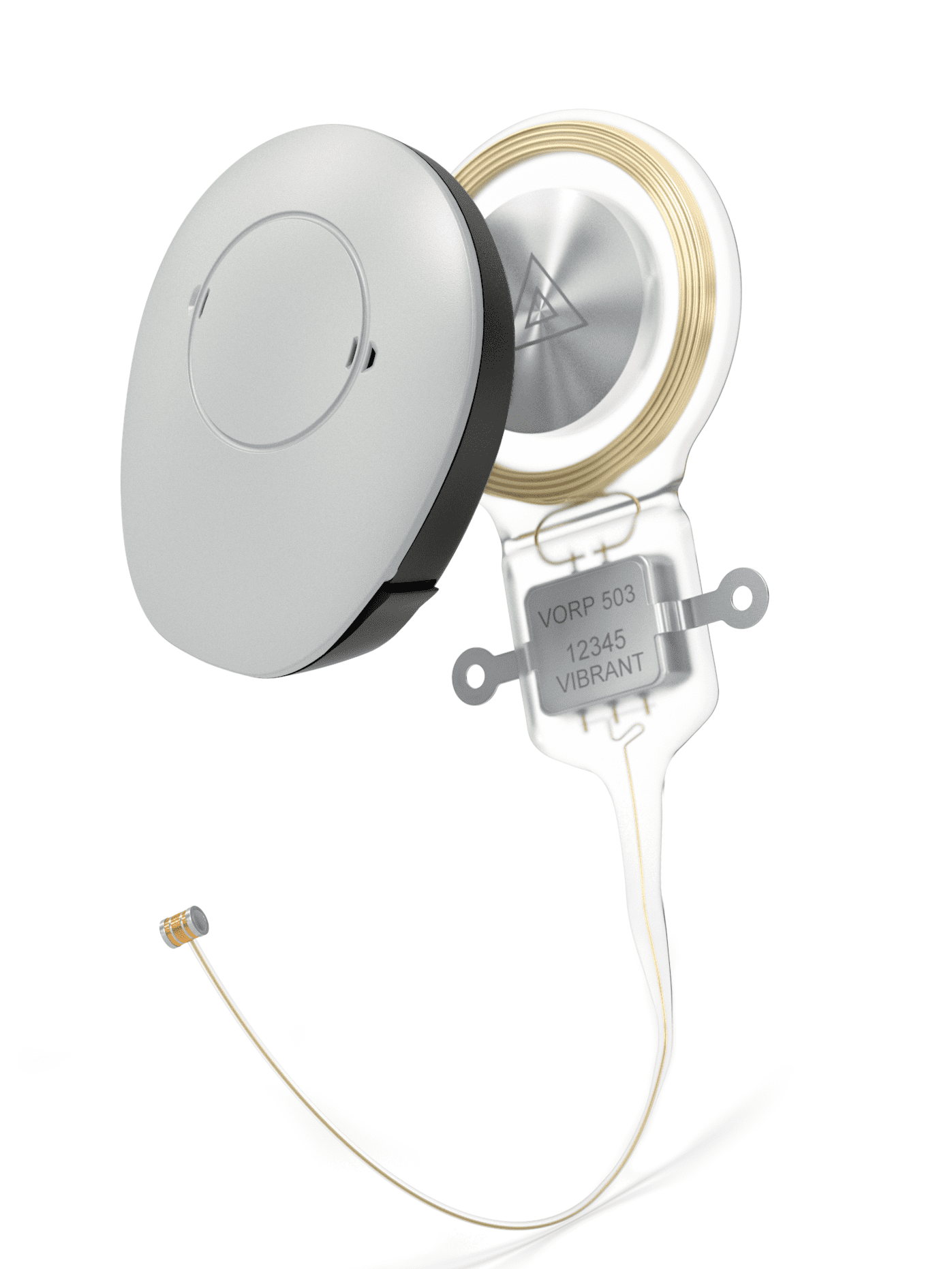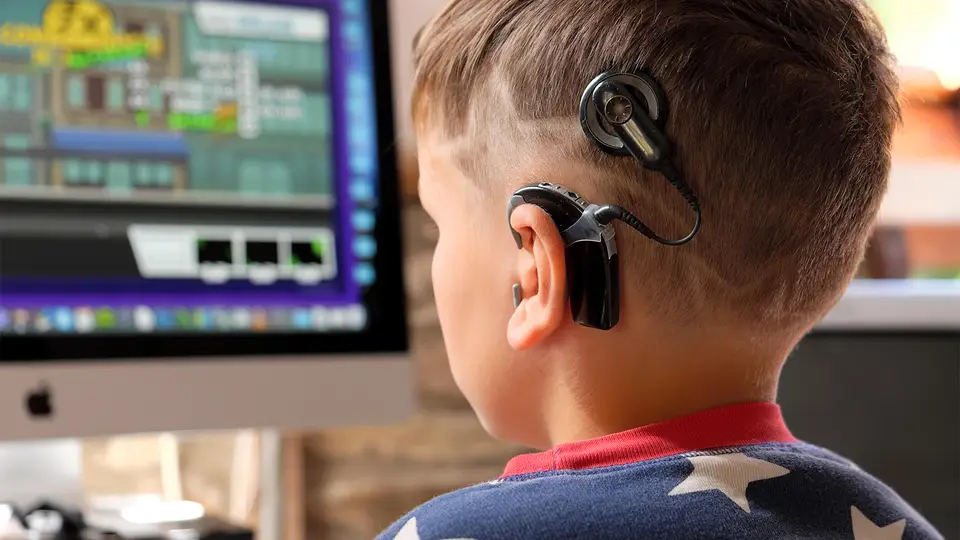

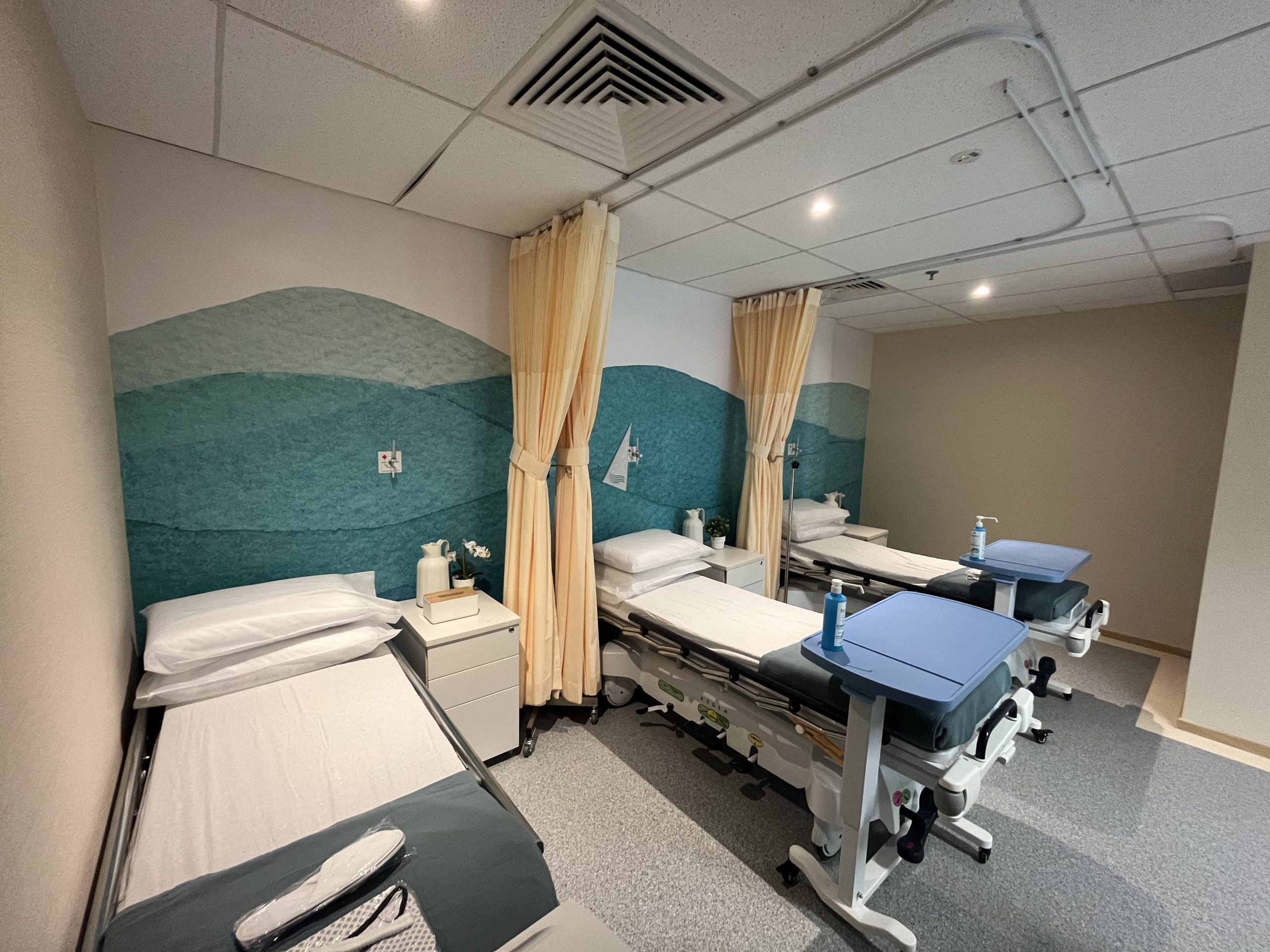

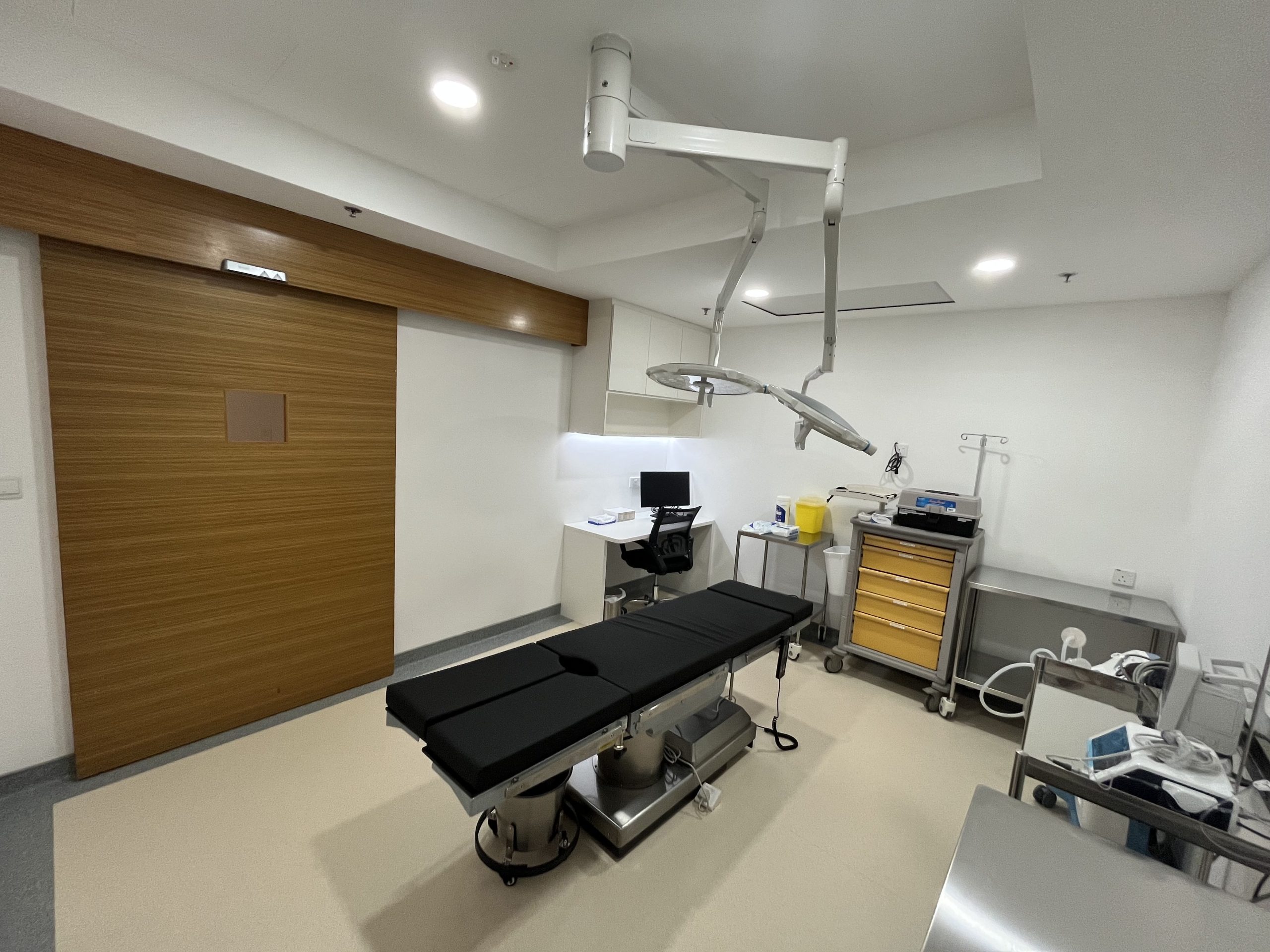

ENT Specialist Services In Singapore, Clinic In Orchard Road
A cochlear implant is an electronic device.the device converts sound signals into electrical signals and sends them directly to the cochlear (auditory) nerve, thereby bypassing the severely damaged cochlea (inner ear).
Bone conduction devices send sound waves directly through the bone of the skull to the inner ear. They can be used for conductive hearing loss or single sided deafness (hearing loss in one ear).
middle ear implant is a hearing device that is surgically implanted into the middle ear. They help people with conductive, sensorineural or mixed hearing loss to hear.
Voice, Coughing & Chronic Cough

Read Our Articles
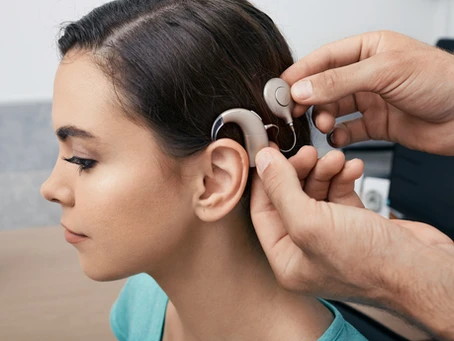
How Do Cochlear Implants Work?
Have you ever stopped to marvel at the exquisite nature of our ability to hear? The intricate machinery that is the human ear allows us to experience the world in a unique and wonderful way.

What Causes Hearing Loss?
hat causes hearing loss? It is normal to experience some hearing loss as you age and around 50% of people over 65 years of age have age-related hearing loss, known as presbycusis.
Explore health & wellness
products at Nuffield Pharm



